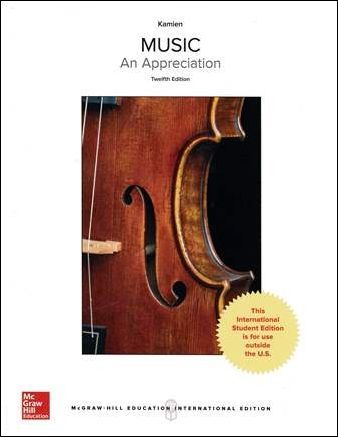書籍分類

Music: An Appreciation 12/e
作者:Roger Kamien
原價:NT$ 1,200
ISBN:9781259922114
版次:12
年份:2018
出版商:McGraw-Hill
頁數/規格:600頁/平裝彩色
版次:12
年份:2018
出版商:McGraw-Hill
頁數/規格:600頁/平裝彩色
內容介紹 本書特色 目錄
- Description
Music: An Appreciation remains the time-tested solution for welcoming non-majors to the art of listening to great music. Now, Roger Kamien places a renewed focus on learning the elements of music, fostering each student’s unique path to listening and understanding. This is achieved through step-by-step guidance as they learn the elements of music, as well as an increased number of musical selections to appreciate,and an enhanced McGraw-Hill Connect experience. As the authority in the Music Appreciation course, Kamien equips students with the language, tools and listening skills required to sustain a life-long enthusiasm for music.
分類位置:
其他圖書類 > 紙品/音樂


